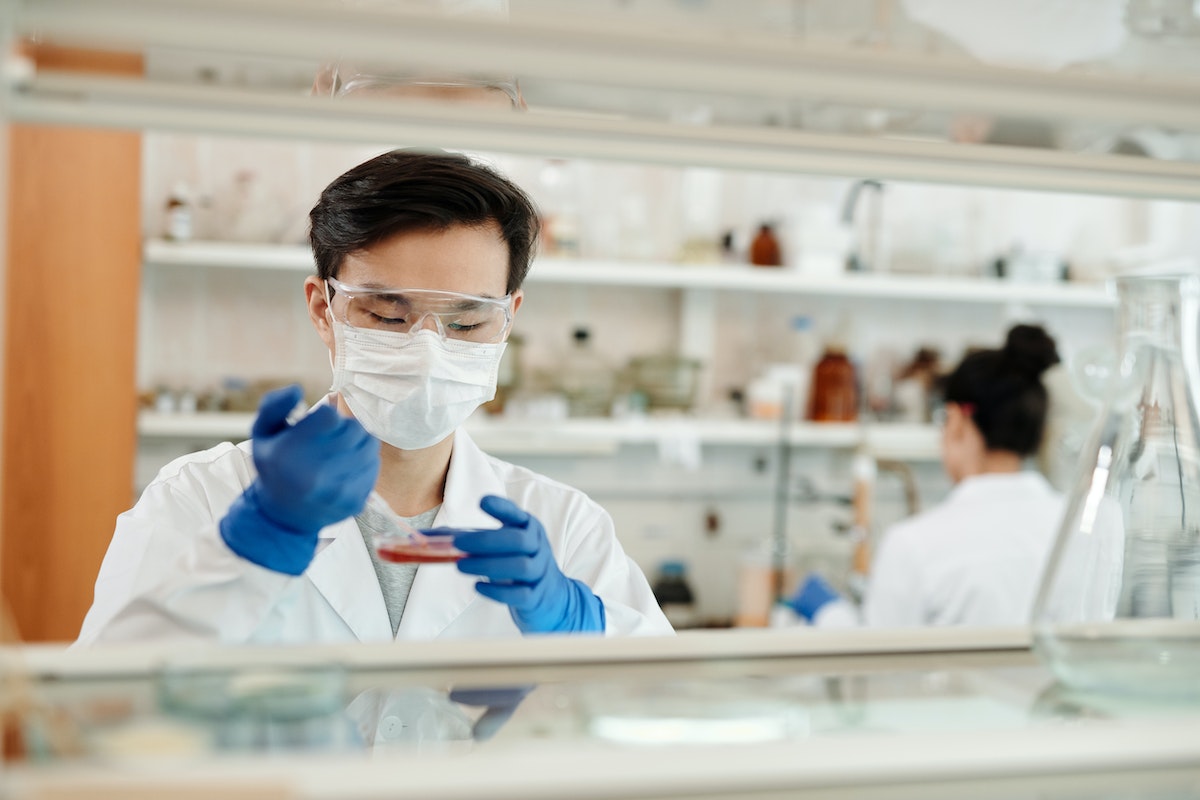It’s no secret that there is much misinformation about medical treatments. Whether old wives’ tales passed down through generations or so-called “experts” spouting off pseudo-science, there are all sorts of myths about medical treatments floating around. This blog post will bust some of the most common myths and set the record straight.
Myth #1: All Natural Treatments are Safe and Effective
Fact
Though a more natural treatment may seem like it would be safer, this is not always the case. Herbal supplements do not have to go through the same approval process by the FDA as medications. This means there are no legal provisions for safety testing on these products before they are available for consumers to purchase.
There is no guarantee that these supplements contain the ingredients they claim to contain or are free of harmful contaminants. In addition, just because something is “natural” doesn’t mean it can’t have dangerous side effects. Exposure to an unknown natural substance you are allergic to could cause a life-threatening reaction such as anaphylaxis.
Natural treatments and herbal supplements should not be your substitute for evidence-based medicine. They are to be taken only when a healthcare professional with experience with these products is recommended.
Myth #2: If a Treatment is Popular, it Must be Effective
Fact
Just because a treatment is popular does not mean that it works. Several popular treatments have no scientific evidence to support their claims. One prime example is bleach baths, sometimes recommended for children with eczema. However, bleach baths can increase the risk of skin infections and should be avoided altogether.
What you see on social media that is not supported by science or research should not be taken as medical advice. Another popular treatment that claims to be effective is essential oils. While some essential oils are helpful for certain conditions, such as headaches, there is no evidence to support the claim that they can cure cancer. These are merely for symptom relief and are not to be used as a primary treatment.
Another popular “treatment” is using coffee enemas that claim to clean the colon, detox the body and flush out toxins. However, no scientific evidence supports this, and they can be quite dangerous. Coffee can burn your intestines and cause dehydration, especially when taken in high doses.
Desperation to find a treatment option often leads people to try things not supported by science. Be sure to consult a healthcare professional and never rely on the internet for medical advice. Just because it has been proven effective by someone you saw online does not mean it will work for everyone. Be smart. Do your research.

Myth #3: Alternative Treatments are Always Safer than Conventional Ones
Fact
While some alternative treatments may be safe, others may be quite dangerous. For example, laetrile—a treatment derived from apricot pits—was once touted as a cure for cancer. However, laetrile has been found ineffective and potentially toxic due to cyanide. Similarly, St. John’s-wort has been claimed to be an effective treatment for depression; however, it can interact dangerously with other medications and should not be used without medical supervision.
Treatments are developed with years of research to back up their safety and efficacy. Medical professionals do not just devise a treatment and start using it on patients. Treatments must go through a long and rigorous process before being approved. Take research for rare disease treatments, for example.
Coming up with treatments starts with the process of rare disease patient recruitment which is essential to developing new treatments and ensuring that they are safe and effective. This takes years of trial, and even then, not every treatment is successful.
Alternative treatments like those mentioned above have not been through this process, and, as such, their safety is not guaranteed. As the name suggests, it is just an alternative, not a replacement, for conventional treatments. When it comes to your health, it is always best to err on the side of caution and go with treatments that have been proven safe and effective.
Myth #4: If You Can’t Afford a Treatment, It Must Not be Effective
Fact
The cost of treatment has no bearing on its effectiveness. Rare disease treatments can be very expensive because they are often niche drugs with small patient populations. Developing and bringing a new drug to market is also very costly. The high cost of treatment is often due to the small patient population. When there are fewer patients, the drug companies cannot recoup their investments as easily, which drives up the price. However, this does not mean that the treatments are any less effective.
Many organizations and programs can help patients with the cost of treatment, such as patient assistance programs, copay assistance programs, and government programs. Several fundraisers and crowdfunding campaigns are also set up to help patients afford their treatments. The bottom line is that the cost of treatment should not be a deciding factor in whether to pursue it.
In Summary
Rumors and false information about medical treatments are all over the internet. To ensure you’re making healthy decisions for your body, only consult with a professional in the healthcare field. Get multiple opinions, do extensive research, and don’t just believe the first thing you read!




